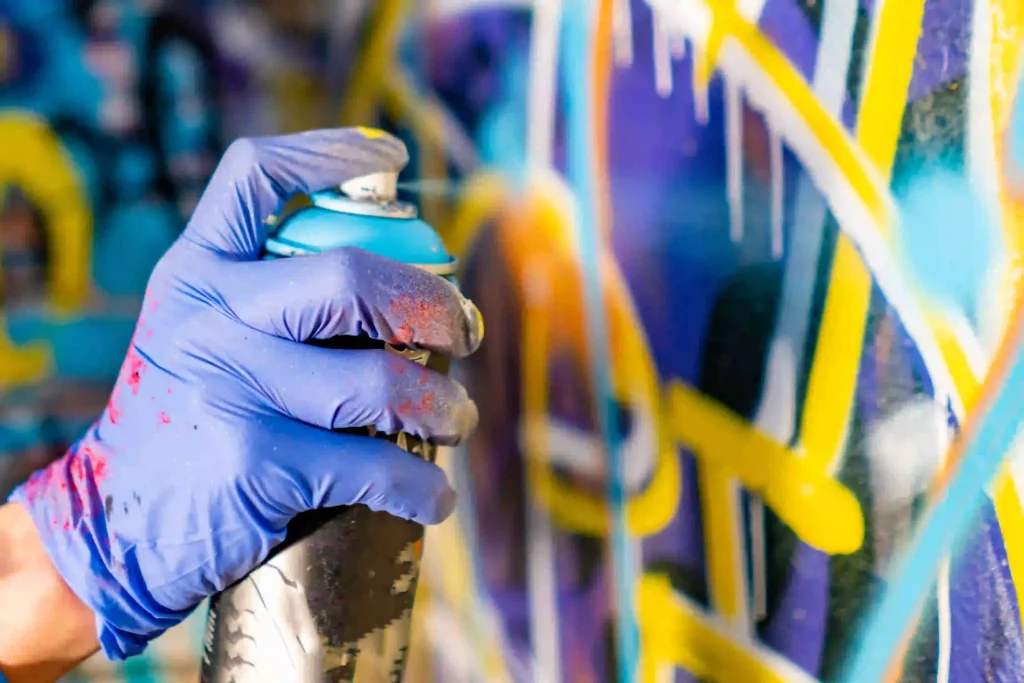In the bustling streets of New York City lie hidden gems that often go unnoticed by the average passerby. These gems are not precious stones or rare artifacts, but rather the vibrant and dynamic world of hidden street art. For art enthusiasts, urban explorers, and curious tourists, the hidden street art NYC offers a secret canvas that transforms ordinary city spaces into extraordinary galleries.
Table of Contents
What is Hidden Street Art?
Hidden street art refers to artworks created in discreet or less visible locations within urban landscapes. Unlike traditional street art, which is often showcased on prominent walls or buildings, hidden street art requires a keen eye and a sense of adventure to discover. These pieces are tucked away in alleyways, behind abandoned buildings, or even in subway stations, waiting to surprise those who seek them out.
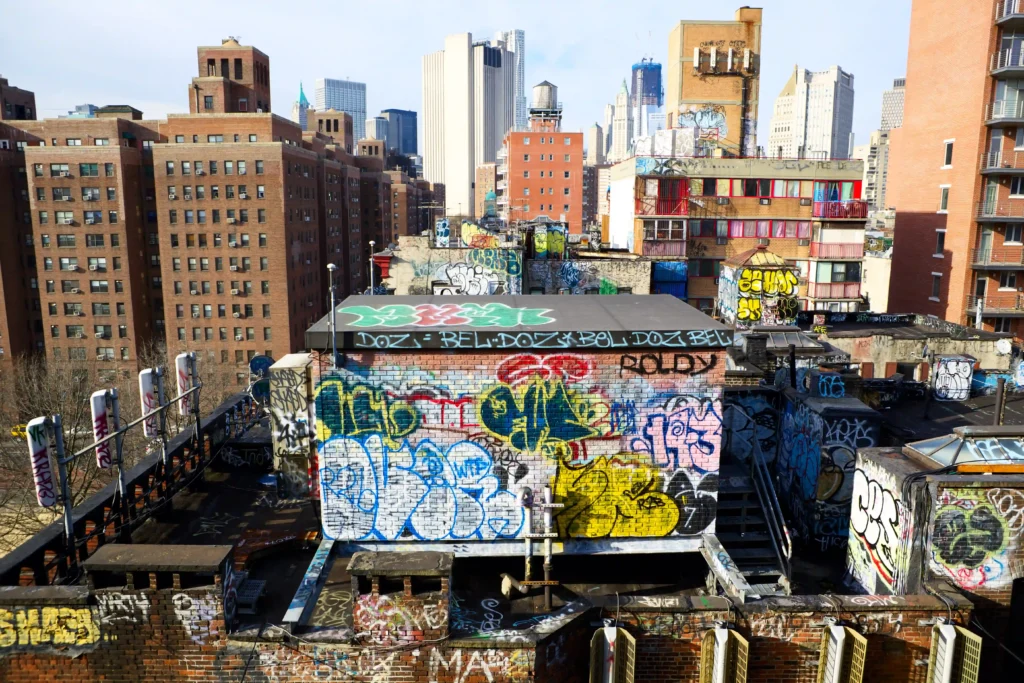
Hidden street art is characterized by its guerrilla approach—artists work covertly and often without permission, driven by a passion to express their creativity freely. This form of art thrives on the element of surprise, offering unexpected encounters that challenge conventional art experiences. Famous examples of hidden street art include Banksy’s elusive installations and the vibrant murals found in the laneways of Melbourne, Australia.
The Rise of Hidden Street Art in NYC
New York City has long been a hub for artistic innovation and expression. The city’s relationship with street art dates back to the 1970s when graffiti culture emerged as a powerful form of self-expression for marginalized communities. Over the years, this art form evolved, with hidden street art becoming an integral part of NYC’s urban identity.
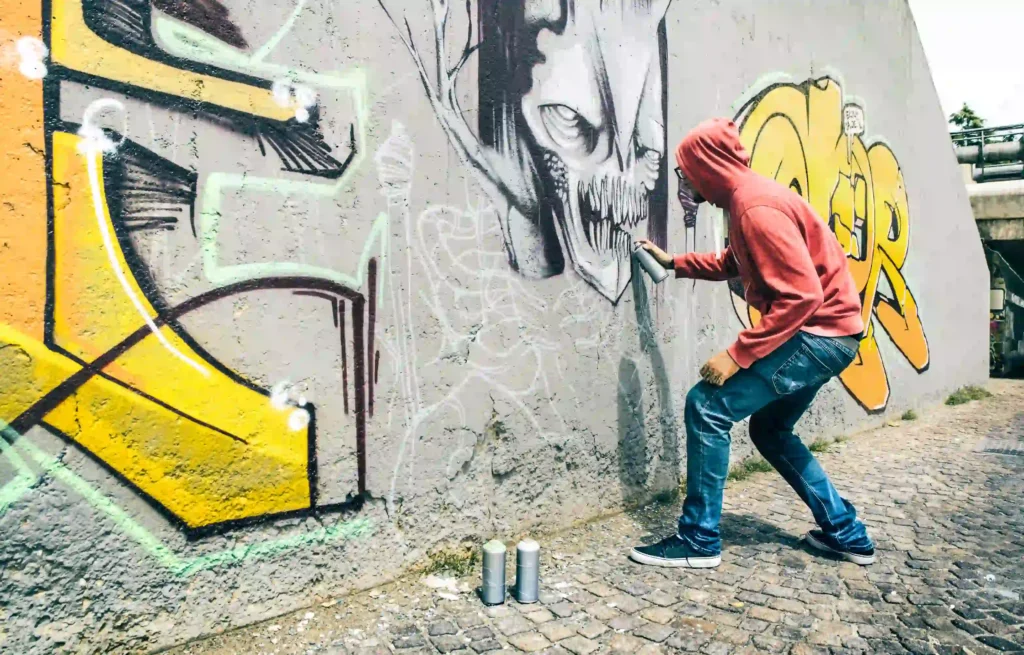
The emergence of hidden street art in NYC can be traced back to the desire of artists to break free from traditional gallery constraints and connect directly with the public. This underground art scene allows artists to experiment with different styles, mediums, and messages, contributing to the city’s vibrant cultural tapestry. Today, hidden street art is not just about aesthetics; it serves as a voice for social commentary, political activism, and community engagement.
Exploring Hidden Street Art in NYC
For those eager to explore NYC’s hidden street art scene, several neighborhoods offer a treasure trove of artistic discoveries. Bushwick in Brooklyn is renowned for its urban murals and alleyway masterpieces, while the Lower East Side is a hotspot for stencil art and wheatpaste posters. Harlem, with its rich cultural history, also boasts a thriving street art scene that reflects the neighborhood’s diversity and resilience.
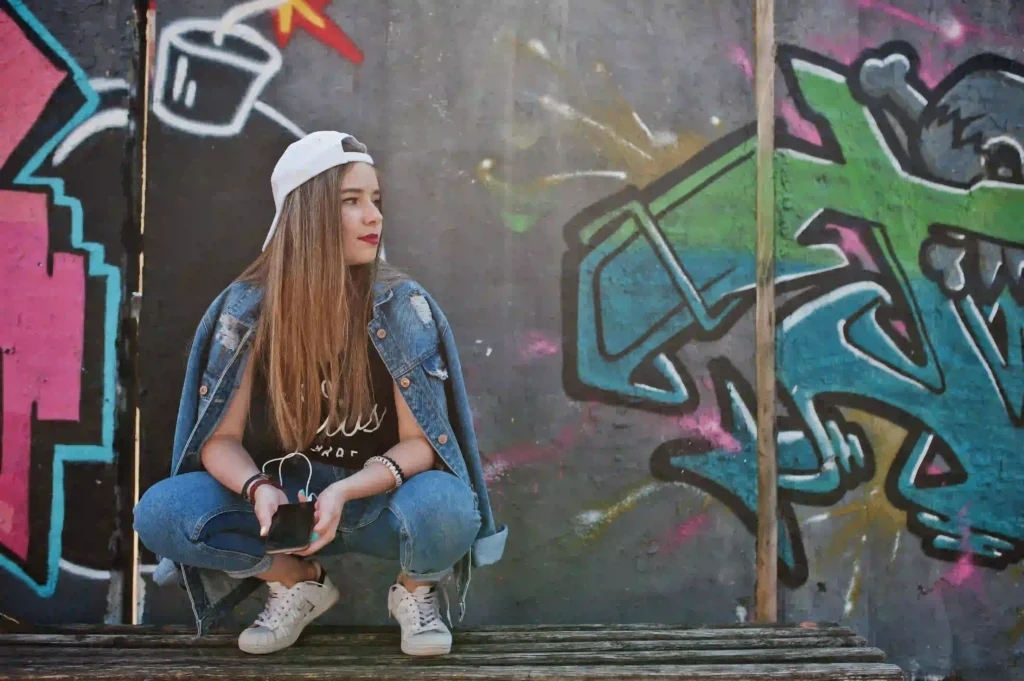
To uncover hidden street art, visitors should be prepared to wander off the beaten path. Engaging with local guides or joining street art tours can provide valuable insights and lead to unexpected finds. Appreciating hidden street art requires an open mind and a willingness to see beauty in unconventional places. It’s about savoring the thrill of discovery and valuing the stories behind each piece.
Profiles of Renowned Hidden Street Artists in NYC
New York City’s hidden street art scene is enriched by the contributions of talented artists who have left their mark on the urban landscape. One such artist is Lady Aiko, known for her intricate stencil art and vibrant color palettes. Her work often explores themes of femininity and empowerment, adding a unique voice to the city’s art scene.
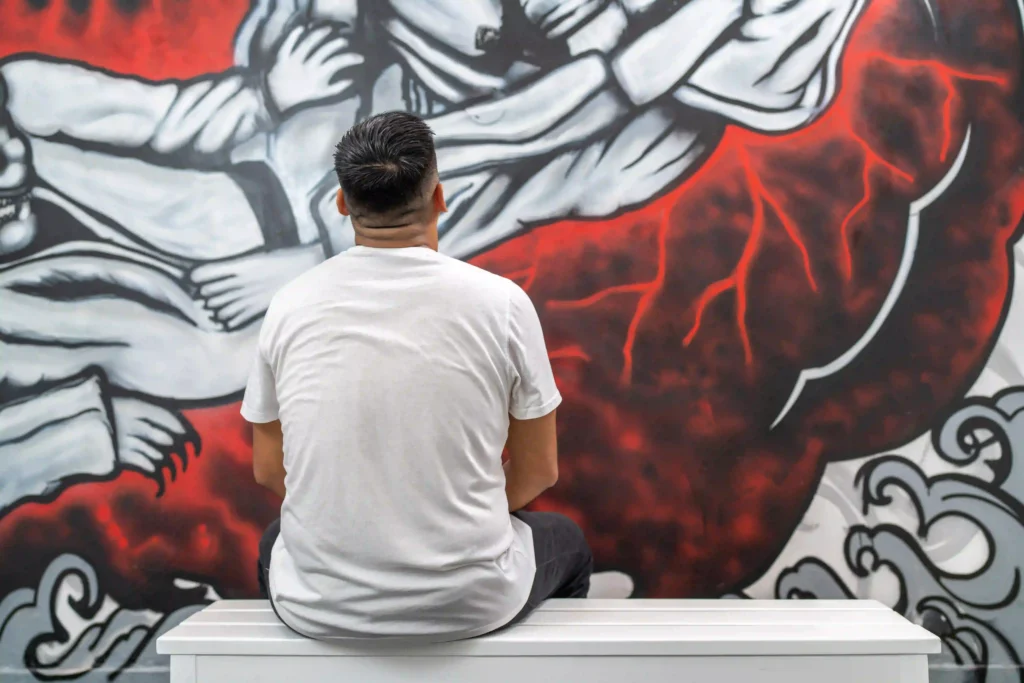
Another notable figure is JR, a French artist famous for his large-scale photographic installations. JR’s work in NYC includes powerful portraits that capture the essence of the city’s diverse communities. His ability to transform public spaces into thought-provoking galleries challenges viewers to engage with art in new ways.
Swoon, an artist celebrated for her wheatpaste posters and abandoned building installations, has also made significant contributions to NYC’s street art scene. Her pieces often tell human stories, addressing social issues such as homelessness and climate change. Through her art, Swoon fosters empathy and encourages dialogue among viewers.
The Impact of Street Art on Urban Spaces
Hidden street art has a profound impact on the urban environment, transforming mundane spaces into vibrant and engaging settings. By enhancing the visual landscape, street art contributes to the aesthetic appeal of neighborhoods, attracting visitors and fostering a sense of pride among residents. Art-filled streets become cultural destinations, driving foot traffic and boosting local businesses.
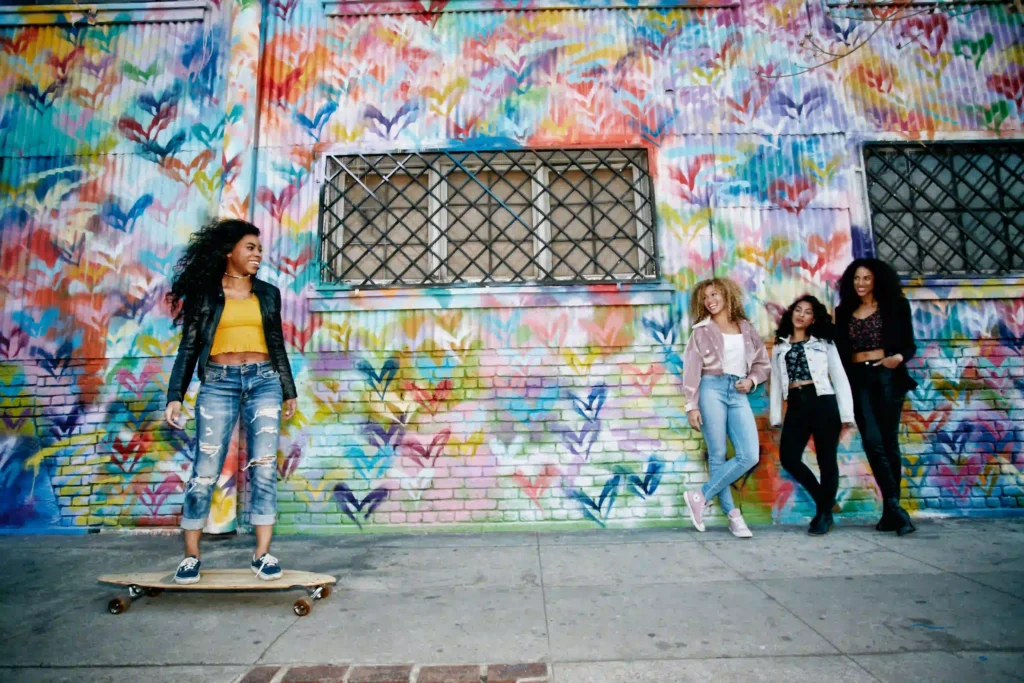
Beyond aesthetics, hidden street art plays a crucial role in community engagement. It provides a platform for marginalized voices, allowing artists to address social justice issues and inspire change. Street art fosters a sense of belonging, encouraging community participation and dialogue around important topics. When residents witness the creativity and passion behind street art, they often become advocates for its preservation and growth.
The Future of Hidden Street Art
As street art continues to evolve, the future of hidden street art holds exciting possibilities. Technological advancements, such as augmented reality and digital installations, offer new ways for artists to engage with audiences. These innovations provide opportunities for interactive experiences that bridge the gap between the physical and digital worlds.
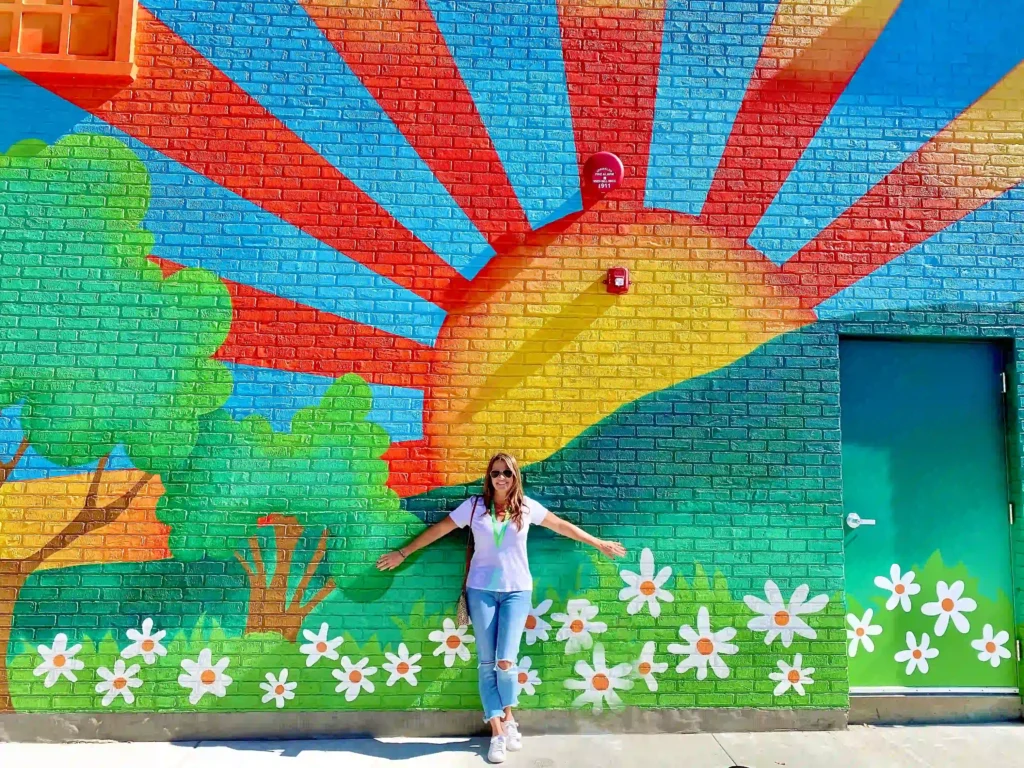
However, hidden street art also faces challenges. Gentrification, increased regulation, and a shifting cultural landscape pose potential threats to the freedom and authenticity of this art form. Despite these challenges, the resilience and adaptability of street artists ensure that hidden street art will continue to thrive and inspire future generations.
How to Support Hidden Street Art in NYC
For enthusiasts eager to support the hidden street art movement, there are several ways to get involved. One of the most impactful ways is to participate in local street art tours and events. These experiences not only provide financial support to artists but also offer insights into the stories and techniques behind the art.
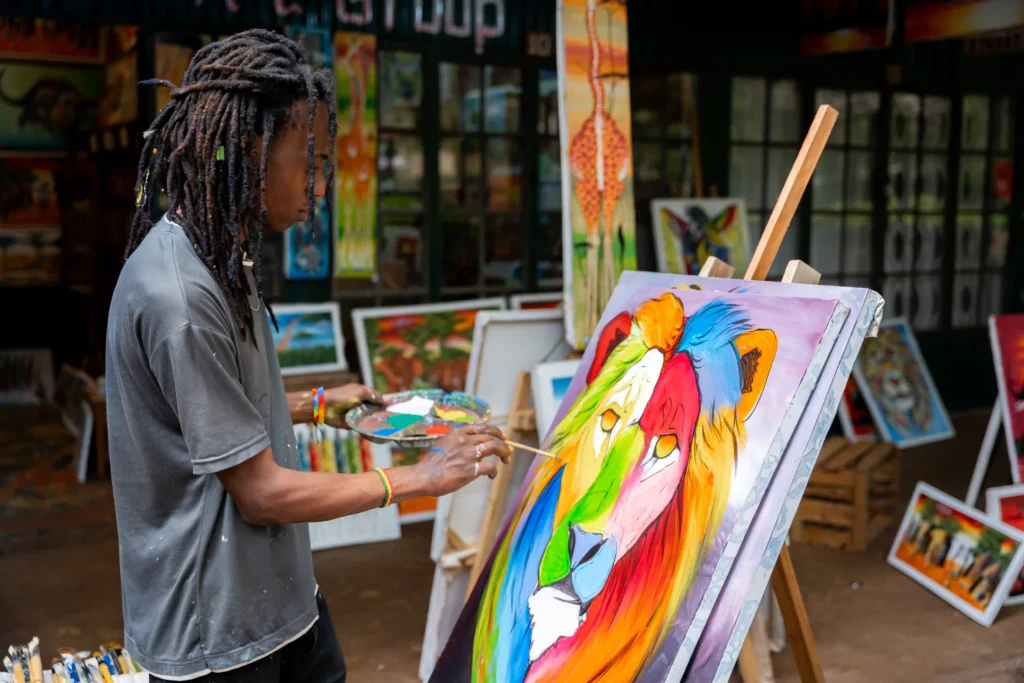
Engaging with street art through social media platforms can also amplify artists’ voices and expand their reach. Sharing photos, tagging artists, and promoting upcoming exhibitions fosters a sense of community and encourages continued creativity.
Responsible appreciation is key to supporting hidden street art. Respecting the integrity of the artwork, avoiding vandalism, and refraining from unauthorized reproduction are essential practices for preserving the authenticity of the art form and ensuring its longevity.
Conclusion
The hidden street art of New York City is a testament to the city’s rich artistic legacy and vibrant culture. From urban murals to guerrilla art installations, this underground art scene invites art enthusiasts, urban explorers, and tourists to discover a world of creativity that transcends traditional boundaries.
By exploring hidden street art, individuals can connect with the stories, messages, and emotions embedded within each piece. Whether it’s the raw energy of a subway art installation or the subtle elegance of a stencil mural, hidden street art offers a unique and immersive experience that captivates the senses and sparks the imagination.
For those inspired to explore further, we encourage you to share your discoveries, engage with local artists, and support the hidden street art community. Together, we can ensure that this dynamic art form continues to thrive and inspire for generations to come.
FAQs
- What is hidden street art in NYC?
Hidden street art in NYC consists of murals, graffiti, and other creative public artworks found in less noticeable locations across New York City’s five boroughs. - Where can I find hidden street art in NYC?
You can discover hidden street art in areas like Bushwick in Brooklyn, the Lower East Side in Manhattan, Long Island City in Queens, and the South Bronx. Look for art in side streets, alleyways, and industrial spaces. - Are there guided tours available for hidden street art in NYC?
Yes, guided tours such as those offered by Graff Tours, Street Art Walk, and Free Tours by Foot are available and provide insights into the vibrant local art scene, helping you uncover lesser-known artworks. - Who are some famous street artists in NYC?
Renowned street artists in NYC include Banksy, Keith Haring, Kobra, Tristan Eaton, and Shepard Fairey, along with local talents like Fumero and Elle. Their work can often be found in the city’s hidden nooks. - Can I photograph hidden street art in NYC?
Generally, photographing street art in public spaces is allowed. However, it’s important to respect private property and heed any signs that prohibit photography. - How frequently does hidden street art change in NYC?
The street art scene in NYC is dynamic, with new pieces appearing regularly. Some artworks may last just days or months, making the exploration of street art an ever-changing experience. - What is the best time to explore hidden street art in NYC?
Early mornings or weekdays are ideal for exploring hidden street art due to fewer crowds. It’s generally safer to explore during daylight hours. - Are there any apps to help locate hidden street art in NYC?
Yes, apps like Street Art Cities, Google Arts & Culture, and NYC Mural Art can assist in finding hidden street art. Social media platforms like Instagram are also helpful in discovering recent creations. - How does hidden street art differ from public art in NYC?
Hidden street art is often spontaneous and unsanctioned, while public art is officially commissioned. Hidden street art tends to be temporary and found in unexpected spots. - Can I contribute to hidden street art in NYC?
While unauthorized street art is illegal, you can participate in community mural projects, attend street art festivals, or seek permission from property owners to create art legally.
